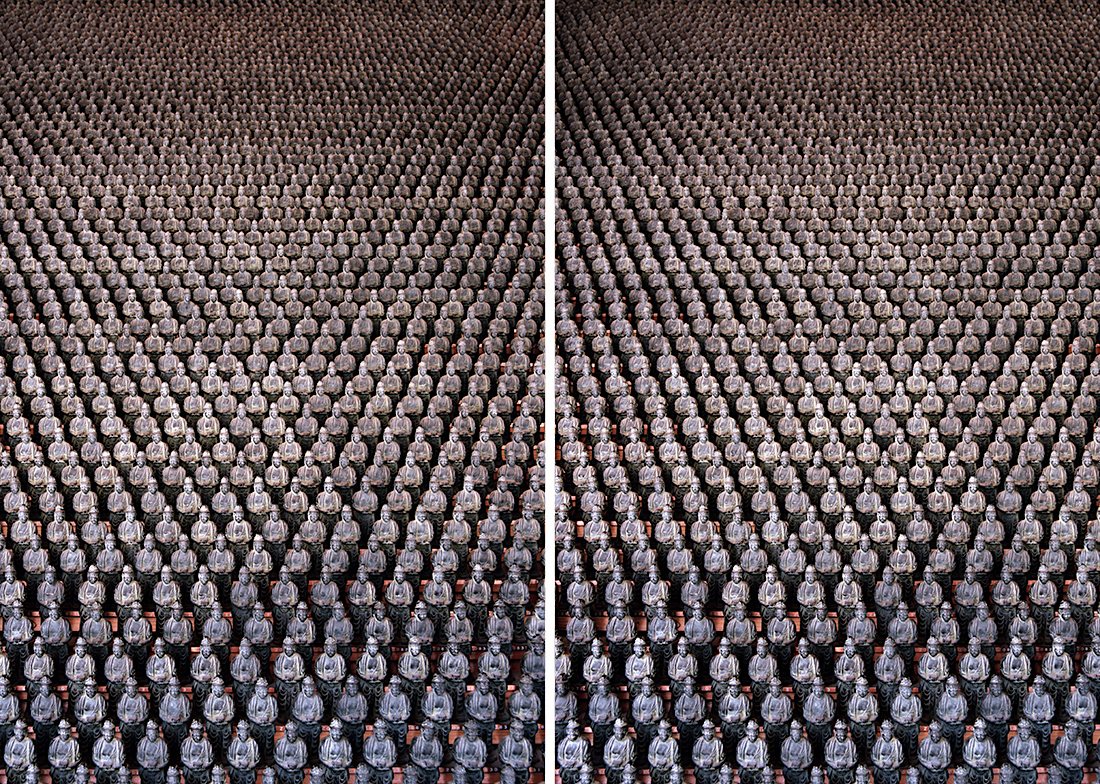Krystyna Ziach
kunstinzicht.nlRubrieken

Infinity
2002-2003
www.krystynaziach.comIndexFluid TimeSpace of Imagination The Atomic BombEphemeral LibraryInto the VoidDark Street RevisitedInner EyeInfinityA Spiral of MemoryAqua ObscuraArchê IArchê IIThe Fountain of TimeA Chamber of Mirrors A Garden of Illusion Outer SpaceJapan MelancholyMetamorphosisH.M.P.A.O.H.H.A.M.Photo SculpturesVideo SculpturesEditionsPublicationsBooks & CataloguesDocuments & PressCollectionsCurrent

2002-2003